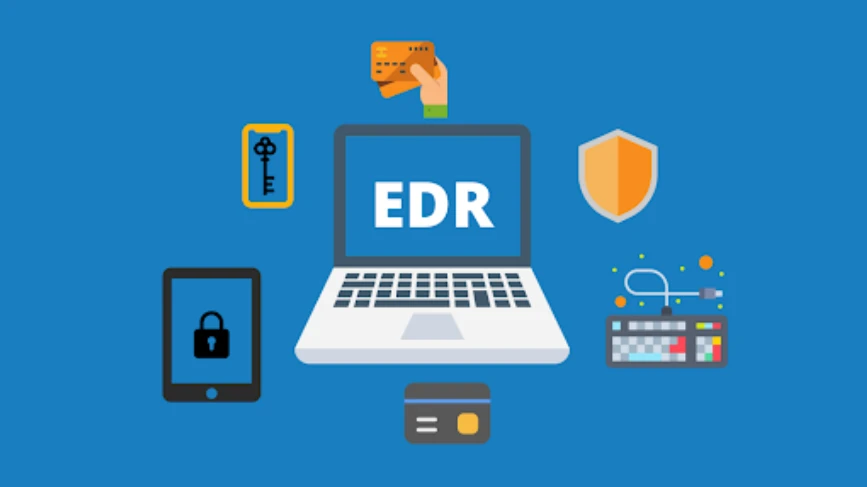Updated on May 15, 2025, by OpenEDR
This is where Endpoint Detection and Response (EDR) comes into play. EDR solutions provide real-time monitoring, threat detection, and automated response capabilities, making them essential for businesses in 2025.
The Evolving Cyber Threat Lanscape
Cybercriminals are leveraging advanced techniques to infiltrate networks, often targeting endpoints as entry points. With the rise of remote work and BYOD (Bring Your Own Device) policies, the number of endpoints has increased, expanding the attack surface for organizations. According to recent reports, endpoints are responsible for a significant percentage of security breaches.
What is Endpoint Detection and Response (EDR)?
EDR is a cybersecurity solution that continuously monitors endpoint devices to detect and respond to cyber threats. Unlike traditional antivirus software, EDR provides visibility into endpoint activities, enabling security teams to identify suspicious behavior, investigate incidents, and take corrective actions promptly.
Key Benefits of Implementing EDR
- Real-Time Threat Detection
EDR solutions offer real-time monitoring of endpoint activities, allowing for the immediate detection of malicious behavior. This proactive approach helps in identifying threats before they can cause significant damage.
- Rapid Incident Response
With automated response capabilities, EDR tools can isolate infected endpoints, terminate malicious processes, and prevent the lateral movement of threats within the network. This swift action minimizes the impact of security incidents.
- Enhanced Visibility and Analytics
EDR provides detailed insights into endpoint activities, including process executions, network connections, and file modifications. This data is invaluable for forensic analysis and understanding the root cause of incidents.
- Integration with Other Security Tools
Modern EDR solutions can integrate seamlessly with other security tools like SIEM (Security Information and Event Management) systems, enhancing the overall security posture of an organization.
Why EDR is Essential for Businesses in 2025
As cyber threats become more sophisticated, businesses must adopt advanced security measures to protect their assets. EDR solutions are no longer a luxury but a necessity. They provide the necessary tools to detect, investigate, and respond to threats effectively. Moreover, regulatory compliance requirements are becoming stricter, and implementing EDR can help organizations meet these standards.
Choosing the Right EDR Solution
When selecting an EDR solution, businesses should consider factors such as scalability, ease of integration, user-friendliness, and the level of support provided by the vendor. It’s essential to choose a solution that aligns with the organization’s specific needs and security objectives.
Conclusion
In the face of evolving cyber threats, Endpoint Detection and Response (EDR) has emerged as a critical component of a robust cybersecurity strategy. By providing real-time monitoring, rapid incident response, and detailed analytics, EDR solutions empower businesses to protect their assets and maintain operational continuity. As we move further into 2025, investing in EDR is not just advisable—it’s imperative.
